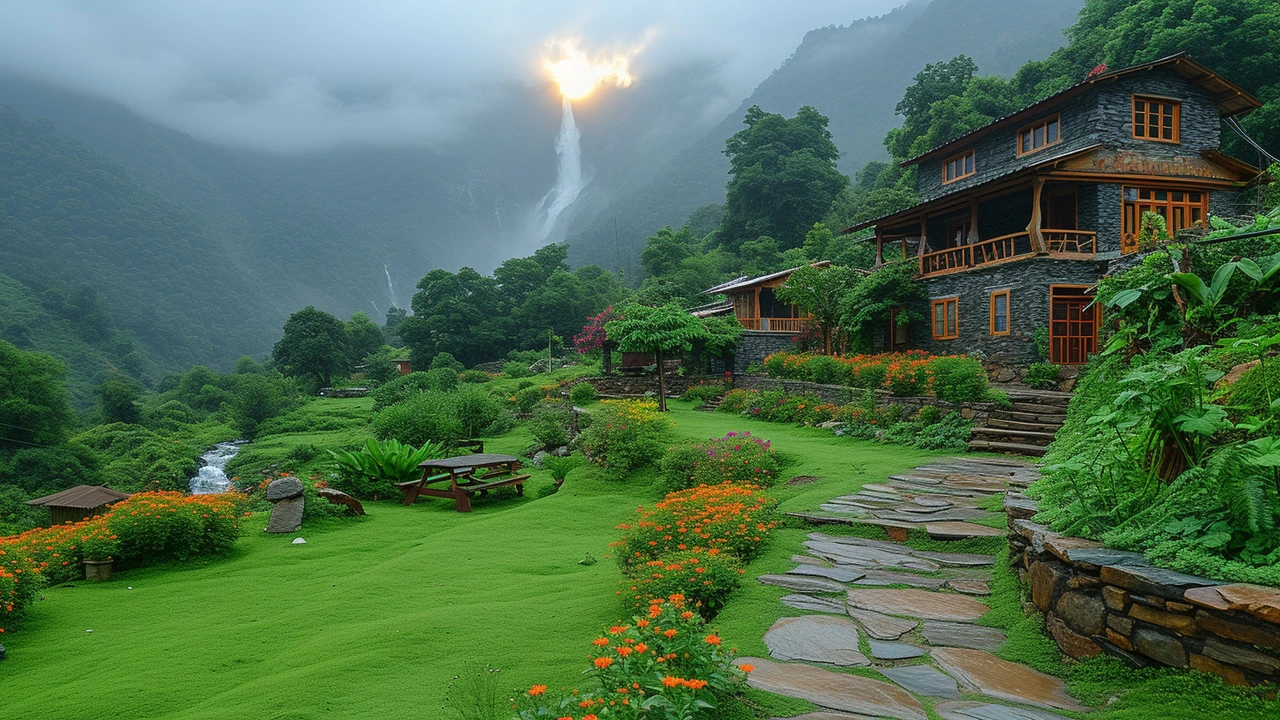Scenic Hiking: Smart Tips for Better Trails and Faster Recovery
Scenic hiking is about more than views — it's a full-body experience. Walks on varied ground work your legs, core, and balance, so a little planning makes your day safer and more enjoyable. Pick a route you can finish without rushing, check elevation and surface, and match your shoes to the trail. Good footwear prevents blisters and ankle twists; trail shoes with firm soles and ankle support work well on rocky, rooty paths.
Pack light but smart. Bring water, a basic first-aid kit, snacks that have carbs and protein, a rain shell, and a small headlamp if your route might overrun. Use a daypack with a padded hip belt to shift weight off your shoulders. Put heavier items close to your spine and higher up to preserve balance on steep sections.
Warm-up and easy stretches before you start
Start with five minutes of brisk walking, then add dynamic moves: leg swings, walking lunges, and ankle circles. These wake up muscles and joints without tiring you. If your hips or calves are tight, do a few gentle lunges and calf raises. Save deep static stretches for after the hike, when muscles are warm.
On-trail tips: keep a steady pace you can hold for hours, sip water regularly instead of gulping, and eat a small snack every hour on long hikes. Watch your footing on wet rocks and loose gravel — short, deliberate steps cut the chance of slipping. Take short breaks to admire views and hydrate; that helps you avoid pushing too hard and risking strain.
Recover smarter: massage, sleep, and simple care
After a scenic hike, recovery matters. A 10–15 minute self-massage or foam rolling session eases tight calves, quads, and the IT band. Focus on easy pressure and slow movements; avoid aggressive deep work right after intense effort. A short session with a trained massage therapist can speed recovery more, especially if you feel persistent tightness.
Sleep and nutrition finish the job. A protein-rich meal within two hours helps muscle repair, and anti-inflammatory foods like berries or fatty fish reduce soreness. Sky-high hydration before bed supports recovery too. If you plan back-to-back hiking days, schedule a longer massage or a restorative session like Amma or warm stone therapy between outings to reduce buildup of tension.
Finally, learn what your body tells you. Mild soreness is normal; sharp pain or swelling is not. If something feels off for more than a few days, see a professional. With simple prep, smart pacing, and decent recovery, scenic hiking stays fun and sustainable — and the views keep getting better.
Before you go, check the weather and trail alerts, and tell someone your plan. Use simple navigation tools: a downloaded map, a compass app, and a visible trail marker list. After the hike, consider booking a short local massage or a soak if available — it speeds muscle reset and feels great. Treat sore spots early and you’ll be ready for the next scenic route sooner again.

Enthralling Hakali Trek: An Unforgettable Adventure Experience
Hey there, fellow travelers! If you're like me, constantly searching for that next unforgettable journey, then you'll want to hear all about the Hakali trek. This path took me through some of the most breathtaking landscapes I've ever laid my eyes on – rolling hills, crystal-clear streams, and a panoramic spectacle that made every step worth it. Along the way, I encountered intriguing wildlife and experienced local cultures that enriched my understanding of this beautiful region. I've returned with stories to last a lifetime, and the urge to share them with you is just overwhelming. So buckle up, because I'm about to take you on a virtual trip to the enchanting trails of Hakali.
Categories
- Health and Wellness (148)
- Alternative Therapies (86)
- Massage Therapy (40)
- Travel and Culture (15)
- Beauty and Skincare (9)
- Holistic Health (8)
- Health and Fitness (5)
- Spirituality (5)
- Other (2)
- Personal Development (2)



